I couldn’t seem to shake them from my mind. Not the ear-piercing flute of the snake charmer, hypnotizing cobras and onlookers alike; not the spice vendor slanging kaleidoscopes of powder, stacked and packed in meter-high pyramids and coded with signs like Camel Dust and Moroccan Viagra; not the twisted alleyways, no wider than a donkey’s back, inspired by the design of a spider’s web, and packed with someone selling something for everyone—none of these things could distract me from the call of the mountains. Beyond every corner, behind every minaret, beside every smoking food stall, there they were, beckoning with their heaven-high peaks, luring me with their purple glint. I had no choice but to answer their call.
This summons led me to a man named Mustapha, a company called Rabib Cars, and a five-speed Peugeot 206. With a bag for the night, a be-safe kiss from Jeannie (who felt equally compelled to stay and explore the world class market of Marrakech), and a tattered road map of Northern Africa, I set off on the only road out of town—a sand-blown, cactus-lined strip of cracked pavement buried under the mirage of sweltering dust.
There are no foothills to the Atlas Mountains. The tallest range in the northern half of the continent interrupts the terrain like a wall. It tells the ancient story of an epic battle between two formidable pieces of the Earth’s crust. It is unclear who won, but the scars of the fight are haunting. Sheer cliffs, sharp and serrated, look like they’ve been carved with razors. Massive gorges sink so deep it is impossible to see the snowmelt carving tracks in their basins. Depending on the position of the sun, and the ever-changing flow of clouds in the sky, the mountains are red in one glance and black in the next.
The road that cuts over the top of the range, called the Tizi-n-Tichka Pass, is as goofy as its name, so composed of switchbacks and hairpins it seems to spiral in circles. From the hawk’s view it must look like a Dr. Seuss illustration. Climbing over the top (wearing out the sole of my shoe on the clutch) was as dizzying as it was harrowing. Hugging the two inches of road between the oncoming six-wheeler carrying goat cargo and the cliff that plunges back to Egypt, I was moved to curse the infrastructure of the Moroccan interior—a simple guard rail would have brought some color back to my knuckles.
Boggled that sheep can exist in such a place (flocks dot nearly all of the open pastures across the range) you can imagine my amazement at the discovery of human beings. I had been climbing the mountain for nearly two hours. I had traversed well over a mile into the sky, having long ago left behind the settlements of accessible life. In and out of clouds, I continued to putter up the hill, stealing glances at the summit around the bend and the free range stock on the mountainside, when suddenly a two-legged animal leapt into the road. Big eyes stared at me through the windshield. Bow-legged and crouched at the knees he looked ready to pounce on the hood of the Peugeot. His hands were gripped to the sides of a rock the size of a softball. I was so startled I nearly spun the steering wheel right into the gorge. When I steadied the tires my options flashed across my mind like a movie reel. I wasn’t leaving the road, I knew that much. This man had deliberately jumped in front of the car. Above all this, he was armed and appeared rather dangerous, wielding a stone of just the right dimension to eternally deter a visitor from crossing his pass. I followed my mortal reflex and continued steaming up the lane, directly at the man in the road.
His eyes got bigger as the engine revved. I took one hand off the wheel and laid it forcefully on the horn. I jammed the accelerator and the rear wheels kicked gravel like bullets. At the last second, the very last second, he skirted the side of the car like a matador dodging a bull. I let out a visceral growl, mostly fueled by immense relief, and looked at the man in my rearview mirror. In the vibrating reflection I saw him spin around toward my fleeing car, his hands still wrapped around the stone. He opened his palms and the rock came apart in two pieces. He held them open for me to see, revealing brilliantly dyed quartz, glimmering like red diamonds. As I made the next turn and he fell out of view, I heard him shouting in the distance, his voice trailing away in the mountain air. “Fifty, fifty dirham! Only fifty!”
Never having been confronted with such a direct sales technique, I shook my head in wonder and vowed to greet future road vendors with less hostility. I had heard tales of the Berber people of the mountains, read about them in a guidebook or two, but witnessing their lives, and their mysterious ways, was an entirely different learning experience. They are chameleons in the truest sense of the metaphor. Their villages, known as Kasbahs, are constructed in the very quarry used for the building material. The result is a settlement that is literally one with the Earth. There is no interruption between the hillside and the home, no difference in the cliff and the kitchen. It is entirely possible to drive by the dwelling of one hundred people and never see it at all. And I think that is exactly how they would prefer to have it.
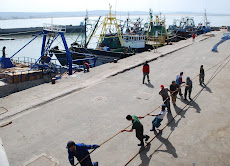
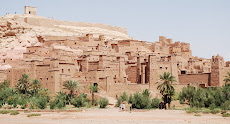
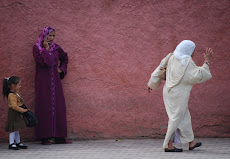
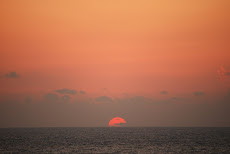


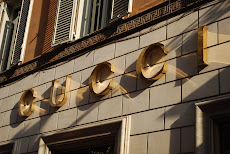
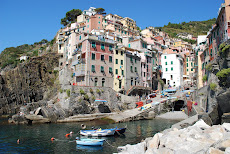
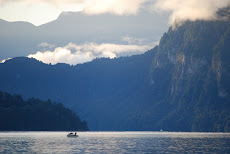



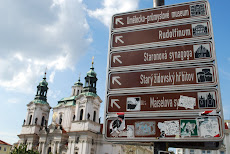
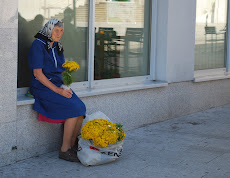
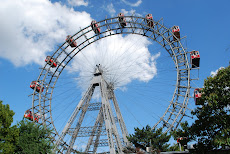

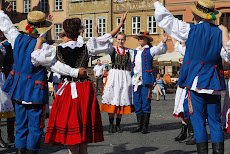
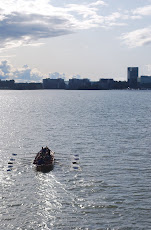



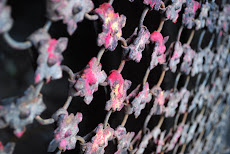
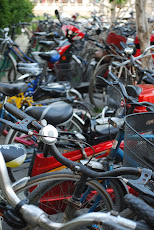
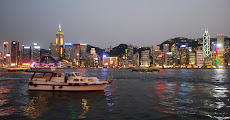

No comments:
Post a Comment